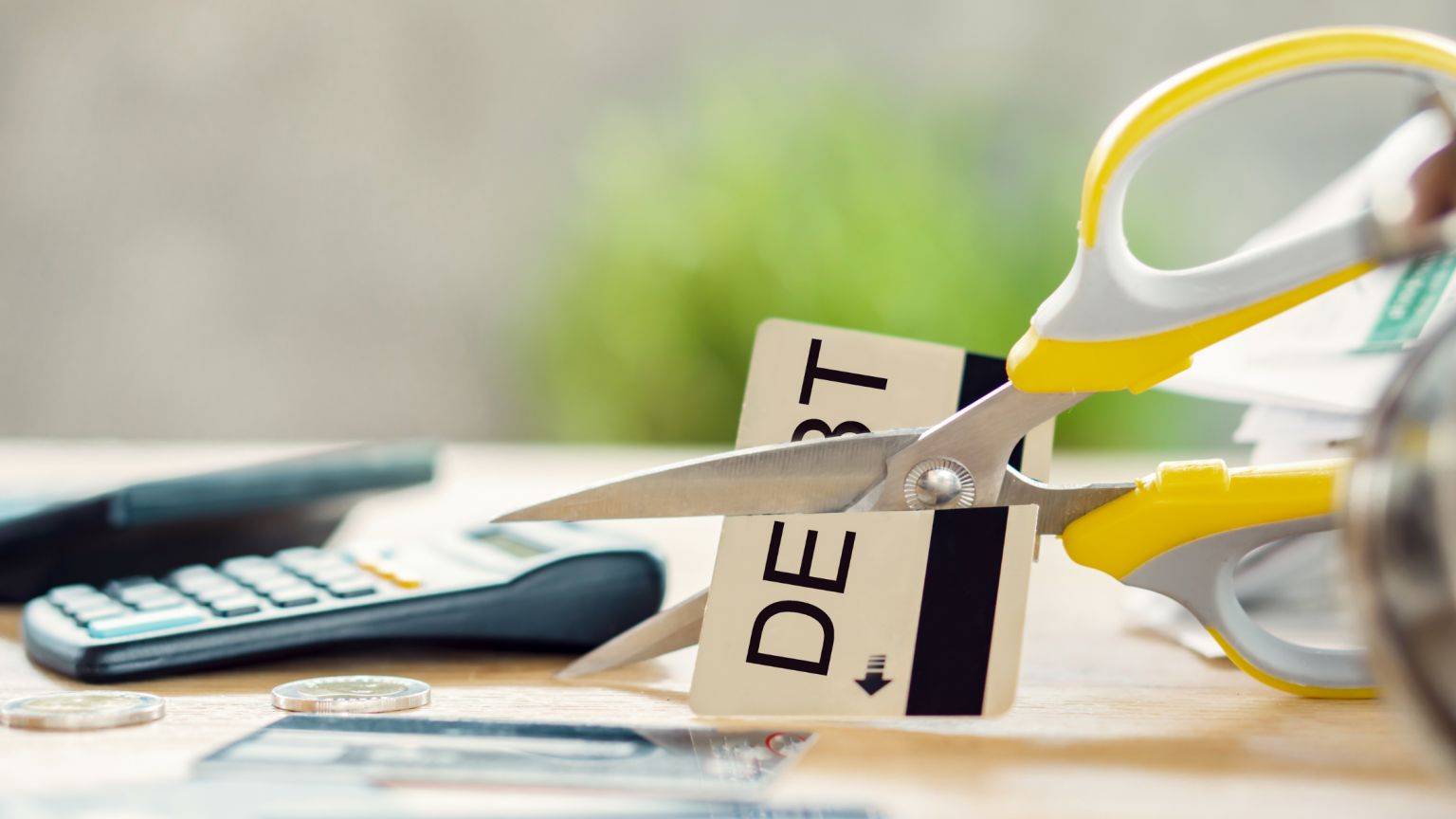In today’s financial landscape, many people find themselves grappling with substantial credit card debt, seeking effective strategies for reducing this burden. This blog post aims to shed light on viable techniques to lower credit card debt, enhancing your financial well-being.
By applying practical steps and incorporating disciplined financial habits, individuals can navigate their way out of debt, ultimately achieving a more stable and secure financial future.
Understanding Your Debt
The first step in reducing your credit card debt is gaining a comprehensive understanding of what you owe. This involves gathering all your credit card statements and noting down the total amount owed, interest rates, and monthly minimum payments.
Understanding the specifics of your debt allows you to create a focused repayment plan. It’s crucial to prioritize debts with the highest interest rates, as these are the ones that cost you the most over time.
Utilizing resources like debt calculators can assist you in visualizing the impact of different repayment strategies on your overall debt load.
Creating a Budget
A detailed and realistic budget is foundational in the journey of reducing credit card debt. Identify your income sources and monthly expenses to determine how much you can realistically allocate to debt repayment.
Trimming unnecessary expenses increases your capacity to pay down your debts faster. Focus on essential spending and consider ways to reduce recurring expenses.
Adopting a budget-conscious lifestyle doesn’t mean you have to sacrifice everything. Rather, it’s about making informed financial decisions that align with your debt-reduction goals.
Debt Snowball Method
This method involves paying off your credit card debts from the smallest balance to the largest, regardless of interest rates. By fully paying off smaller debts first, you gain momentum and motivation to tackle larger debts.
While the snowball method may not always be the fastest way to reduce overall interest paid, the psychological wins of clearing individual debts can significantly boost your confidence and commitment to becoming debt-free.
Ensure you continue making the minimum payments on all other debts to avoid penalties and adverse effects on your credit score.
Debt Avalanche Method
Contrary to the snowball method, the debt avalanche focuses on paying off debts with the highest interest rates first. This strategy potentially saves you more money in interest over time.
After listing your debts by interest rate, allocate extra funds to the debt with the highest rate while maintaining minimum payments on others.
The avalanche method requires discipline and patience but is highly effective for reducing overall interest costs and expediting debt freedom.
Consolidating Your Debt
Debt consolidation involves combining multiple debts into a single loan or payment plan, ideally at a lower interest rate. This can simplify your monthly payments and potentially reduce the amount of interest you pay over time.
Consider transferring high-interest credit card balances to a card with a 0% introductory rate or taking out a consolidation loan with a lower interest rate than your current debts.
It’s important to thoroughly research and compare consolidation options and be mindful of any fees associated with transferring balances or securing new loans.
Increasing Income and Cutting Expenses
Enhancing your income through part-time work, freelancing, or selling items you no longer need can provide extra funds for debt repayment. Likewise, critically evaluating and cutting back on non-essential expenses can free up additional resources.
Committing these additional funds to your debt repayment can significantly accelerate your progress toward financial freedom.
Seek Professional Advice
If managing your credit card debt becomes overwhelming, consider seeking advice from a credit counseling or debt management professional. These services can provide personalized advice and may help negotiate lower interest rates or monthly payments with creditors.
Professional guidance can offer a pathway out of debt while also equipping you with knowledge and tools to maintain a healthy financial status in the future.
Stay Committed and Patient
Reducing credit card debt is a marathon, not a sprint. It requires a steadfast commitment and patience as you implement strategies over time.
Celebrate your milestones, no matter how small, and keep your ultimate goal of freedom from debt in mind. Persistence and a positive mindset are key to overcoming financial hurdles and achieving lasting financial health.
In conclusion, reducing credit card debt is achievable through strategic planning, disciplined budgeting, and the application of effective debt-repayment methods. By taking proactive steps and possibly seeking professional advice, you can navigate your way out of debt and towards a more secure financial future. Remember, the journey to becoming debt-free is a progressive endeavor, but with persistence, it is undoubtedly within reach.


